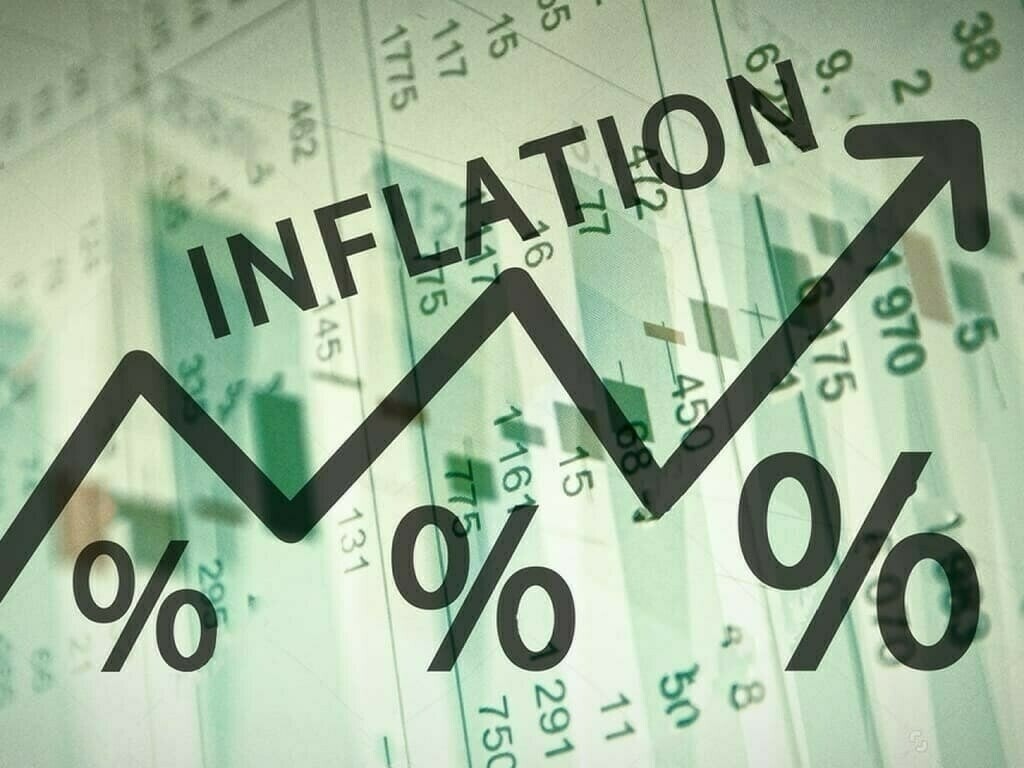Zafar Iqbal
February’s Consumer Price Index (CPI) data offers valuable insights into the health of the economy and consumer spending patterns. By dissecting the numbers, we can understand the direction of inflation and its impact on different segments of the population.
Headline CPI Shows Signs of Stabilization:
The national CPI inflation rate dropped to 23.1%, a significant decrease from the previous month’s 28.3%. This signals a potential turning point, suggesting that inflation might be plateauing after a period of sharp increases. However, it’s important to note that 23.1% is still a very high inflation rate, indicating continued pressure on consumer purchasing power.
Urban vs. Rural Divide:
The data reveals a disparity in inflation between urban and rural areas. While both experienced a decline, urban inflation remains higher at 24.9% compared to rural inflation at 20.5%. This could be due to factors like higher transportation costs and a larger variety of goods and services affecting urban centers more significantly.
Food vs. Non-Food Inflation:
The breakdown between food and non-food inflation provides a clearer picture of price pressures. While both categories saw a decrease, food inflation continues to be a primary concern. The higher decline in rural food inflation (19.0%) compared to urban areas (20.2%) might be due to easier access to locally produced food in rural communities.
Core Inflation Suggests Underlying Trends:
Core inflation, which excludes volatile food and energy prices, offers a glimpse into underlying inflationary pressures. Here, the decrease is more moderate, with urban core inflation at 15.5% and rural core inflation at 21.9%. While it shows a slowdown, it indicates that price increases remain embedded in the economy beyond just food and energy fluctuations.
Month-on-Month Stability:
A key highlight is the month-on-month (m-o-m) inflation remaining at 0%. This contrasts with the previous month’s increase, suggesting a potential pause in price hikes. However, it’s too early to say if this is a temporary blip or a sign of a sustained slowdown.
Navigating Economic Shifts:
Understanding these trends from the CPI data is crucial. Policymakers can use this information to make informed decisions about interest rates and economic stimulus measures. Consumers, on the other hand, can adjust their spending habits and budgeting strategies to cope with the current inflationary environment.
Overall, February’s CPI data offers some cautious optimism regarding inflation. However, continued monitoring is necessary to understand if this is a genuine turning point or a temporary reprieve. Furthermore, February’s CPI data paints a picture of potentially easing inflationary pressures, particularly in food prices and core inflation. However, it’s important to maintain a cautious optimism. Inflation still remains high, and further data will be needed to confirm a sustained slowdown. Understanding these trends is crucial for policymakers to shape economic policies and for consumers to make informed decisions about their spending habits.
The Finance Ministry’s report paints a mixed picture of the caretaker government’s economic performance. While there’s improvement in some areas, like higher savings and reduced domestic borrowing, it comes at a cost. Measures like raising energy prices to tackle public sector inefficiencies have stabilized finances but also driven up inflation, causing further hardship for the public. There’s a sense that progress is being made, but it’s a tough road with continued economic pain likely for citizens.
Please, subscribe to the YouTube channel of republicpolicy.com

















































